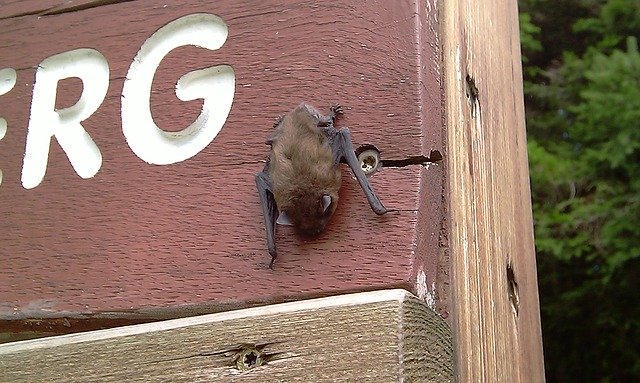Fill out the form below and a Cypress Creek representative will be in touch with you about your pest control needs.
BLOG

Is Your Attic An Animal Apartment?
Attics are typically filled with insulation, holiday decorations and, sometimes, rodents and fuzzy pests. Its quiet darkness is the perfect place for critters to seek warmth and solace. Since there is no food or people up there, you won’t find ants, cockroaches or bed bugs in the attic.
Here are the types of furry creatures that like to call your attic “home”:
- Despite their name, some types of tree squirrels will find their way into the attic. For example, gray squirrels nest in tree cavities during the summer, but they invade structures when the temperature drops. The attic and its insulation provide the perfect refuge for tree squirrels to overwinter. Squirrels can fit through a space as narrow as 1.5 inches around. So once they find a hole in your roof, they can squeeze in and start wreaking havoc in your attic. They’re experts at chewing through wood and electrical wires, which could become a fire hazard and result in costly repairs. Listen for rustling in the walls and ceiling or a chirping noise to identify them. And when you check, you might notice nuts, seeds and other food piles there. These critters are most active during the daytime; you’re most likely to hear them around early morning and evening.
- One of the craftiest creatures in the wild, a raccoon uses its strength and expert climbing abilities to get into homes and attics. These animals can sneak through poorly screened vents or gaps in eaves, but they have also been known to rip right through roofing materials in order to gain entry. Females, especially, covet the dry, warm, safe haven of an attic to give birth to a litter. If you’re hearing thumping noises, it’s one of the surefire signs a raccoon is in the attic. No other urban pest is big enough to create stomping noises. Squirrels will scurry and bang around, but a raccoon literally will sound like a small person is up there.
- Both rats and mice are commonly found in the attic. Their ability to burrow, scratch and bite allows them to get into these hard-to-reach places, and the quietness of the attic makes it an attractive hiding spot. House mice often invade attics for the exposed insulation, packing supplies and other storage items that provide perfect nest-building materials. Plus, getting up to the attic is no problem for house mice because they are excellent climbers and can easily scale branches that are touching buildings. Roof rats are known for their extraordinary climbing ability and can easily use nearby trees to reach the upper levels of buildings, like attics. They are able to squeeze through access points as small as a quarter and can gain entry to a home by following pipes or gnawing through materials such as wood, aluminum siding and drywall. The best way to identify whether you have mice or rats is through their droppings: a rat’s will be brown, sausage-shaped and curved; mice feces resemble very small grains of brown rice. If you happen to catch sight of them, a rat is usually larger than a mouse with a longer, thicker tail.
- Bats can be a serious problem to deal with in your attic. The most common attic residents are brown bats, who are able to squeeze through openings as small as half an inch. They can gain access by squeezing through small holes or flying into your roof through gaps along the roof line. While they won’t gnaw through anything, they produce large amounts of droppings, which have a pungent odor. Their droppings look like small dark pellets, and they can accumulate quickly. These droppings are a serious health problem. Not only does it smell bad, but contamination can lead to diseases like histoplasmosis. Bats are nocturnal creatures and can be hard to find because they make very little sound.
Think you have bats in your belfry or animals in your attic? Seek help. Removal of these pests can be tricky and requires help from a pest control professional.
Copyright © 2024 Cypress Creek Pest Control. All Rights Reserved.
Pest Control Marketing By Mktg4TheFuture

